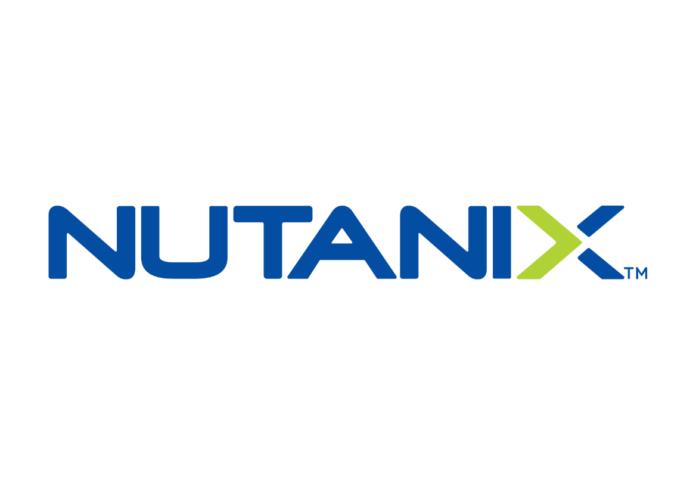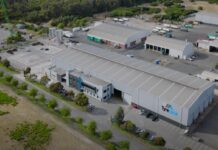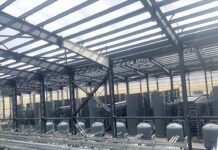
Article by Jim Steed, managing director at Nutanix A/NZ
Australia’s Sovereign Manufacturing Capability Plan – instigated by the previous Government and inherited by Labor – is missing a vital element that will cause major risk if left unchecked.
In a word, that element is technology. The entire framework for the Capability Plan is designed to spread key manufacturing, processing, and distribution centres for critical products out to multiple Australian locations.
The sovereign approach makes sense in the context of the pandemic – when essential goods were missing from major retailers’ shelves due to global supply chain issues or dependence on a handful of locations that had shut or were severely short-staffed due to the outbreak.
However, the Plan makes no provision for the underlying technology that will support these facilities. This means they could be potentially susceptible to an outage, cyberattack, or simply a withdrawal of the provider/s supporting them.
Over-reliance on overseas tech
We saw a version of this issue in the infamous Fastly CDN (content delivery network) outage, which left Australians unable to access a range of news and social media sites including Reddit and Twitch. This outage – which had real financial impact on Australian businesses – was entirely outside our control. It happened abroad, we had no ability to predict or prevent it, or provide assistance to get it back online.
Outages are relatively common, increasingly so due to the sharp increase in cyber-criminal activity as hackers target organisations and people more dependent on digital services to work, live, learn, and play.
If we consider the very real possibility that all of the physical facilities involved in the Government’s Sovereign Manufacturing Capability Plan could be sitting on a similar digital framework – a huge and completely avoidable risk could be being built into a plan meant to protect the nation from future crises.
Worse still, an outage doesn’t need to occur for this to happen – all that’s required is for a multinational tech provider to turn around, pick up stumps, and cut ties with Australia. The nation is extremely dependent on multinationals when it comes to all things data and digital – 85 per cent of the $1.3 billion and growing infrastructure-as-a-service (IaaS) industry, for example, is dominated by six foreign cloud providers.
These are the kind of companies who will have a major stake in the digital framework of the Capability Plan, and with no provisions in the Plan to diversify risk here, we could be at their mercy.
This is not a criticism of these companies – they’re providing valuable, sought-after technology to Australian people and organisations. But their presence here is not guaranteed and the decisions about whether they continue to provide those technologies belong to boardrooms oceans away.
Last year, two US tech giants threatened to curtail services or pull out of Australia so the exodus potential is clearly far from theoretical.
High-vis high tech
To negate the certain risk that would come from over-dependence on anyone or a collection of technology providers, the Australian Government needs to think differently about the digital frameworks that hold up this Capability Plan.
That means provisions to ensure critical data and operations are not beholden to these pitfalls with adequate measures to ensure backup and recovery of data, managing data, and diversification of the tech providers in play. Ideally, this should include a mix of hybrid multi-cloud technology, which would give facilities the ability to manage and secure data on-site, protecting their control over it, while providing the innovative digital capabilities Australia’s manufacturing sector needs to thrive.
Doing this would not only better protect and de-risk the Capability Plan, but it would also position the sector for hi-tech capabilities and future growth.
The tech component is critical. Australia’s higher wages mean competition with many countries across Asia and other emerging regions on the labour front is untenable. As a result, advanced robotics and automation on the factory floor will be fundamental to success
These emerging technologies require flexible, robust, secure, and de-risked digital backbones to succeed – creating further need to consider the backend in the Capability Plan itself.
Getting this right and avoiding being blindsided by historic thought processes and single points of failure, will enable Australia’s sovereign manufacturing capability to become a powerhouse once again.



















